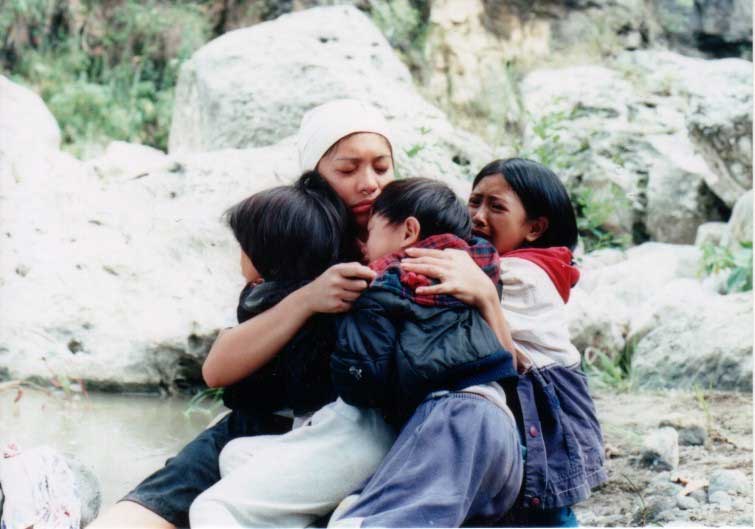PROJECT MOTIVATIONS
Recently, even the aged television sets, like the one in my house, can get satellite broadcasts, and people can view documentaries and news from around the globe. Watching these broadcasts daily, I see a world full of diverse environs and peoples. However, all of these differing peoples move, now, toward a common value system. We are homogenizing.
In the world of today, there are high - budget space development programs, large-scale city and resort developments, and fast-growing consumer metropolis to remind one of Japan during the "bubble economy." Simultaneously, environment, resource, economic, and social problems continue to mount around the world. In the sense that the homogenization of values has caused us to have all of the same problems, perhaps is a good thing.
Everyone in the world wants to live a better, in greater abundance. For the sake of said abundance, all participate in some form of economic pursuit. Altering such a value system is by no means a light task. However, something terrifying lies in the unabated spread of rationalism and consumer economics, and the consequent spread and intensification of the problems that are its trailer.
Experts say that the world's petroleum resources will run dry in the next century. In this world we face the energy crisis, nuclear waste, the population explosion, food shortages, poverty and discrimination, religious and cultural conflicts, development, new diseases among plants, animals, and people, and then political and social corruption, and the decadence of our youth. Much time has passed since the first projections of environmental crisis, and other crises effecting all of humanity.
It has become difficult to speak of the possibility of a bright future. This is because the young have already seen through the transparent inconsistency of the idea of bright future through science and technology as espoused by our politicians, big businesses and the mass media. Even if all of the plans for improving the environment and resource usage work perfectly, with the human race looking toward six billion in the twenty-first century, there must be a change in human lifestyle.
Much of literature, comic books, animation, and computer games now depict the wreckage of society and human decadence as everyday, obvious modes of expression. Decadence is supposed to be humanity's last and most attractive, "final seduction." If it has become an obvious metaphor for society, there is something seriously wrong. What are the elders in society supposed to say to the young, now?
The natural environment and our resources are in a deep crisis. But, if the young generations of society do not have any hope for the future, that is an even deeper crisis.
Using the image of the end of the world made for nihilistic, romantic stories are challenging and attractive. However, there are too many despairing images, now. It is about time to see something that shows some hope for the future. And, the ones who desire this most are the hope - starved children, and decadent youth of the modern age.
Humanity will not die out so easily. No matter how our world changes, humans will likely find a way to survive. Even if, for instance, petroleum resources dry up, humanity will go on living. Even if all of our energy resources come to an end, there will still be society and people. As long as humans have the minimum (food, the Earth,the sun, the air, the water) humans continue to live on this planet.
Realizing this, it is possible to look toward tomorrow with a more positive attitude. The most important thing is the ability to live enjoyably, with hope, even without material wealth. So, how can we live without abundance? This is the new crisis of human values. What is the Earth and the natural world, and how should people live within that context? I would like to reconsider the place of humanity, living, here on this Earth. I would reconsider, that we do not give up the very notion of living well.
(translated by Michel Nagara)
1998 BAGUIO
KOJI IMAIZUMI
